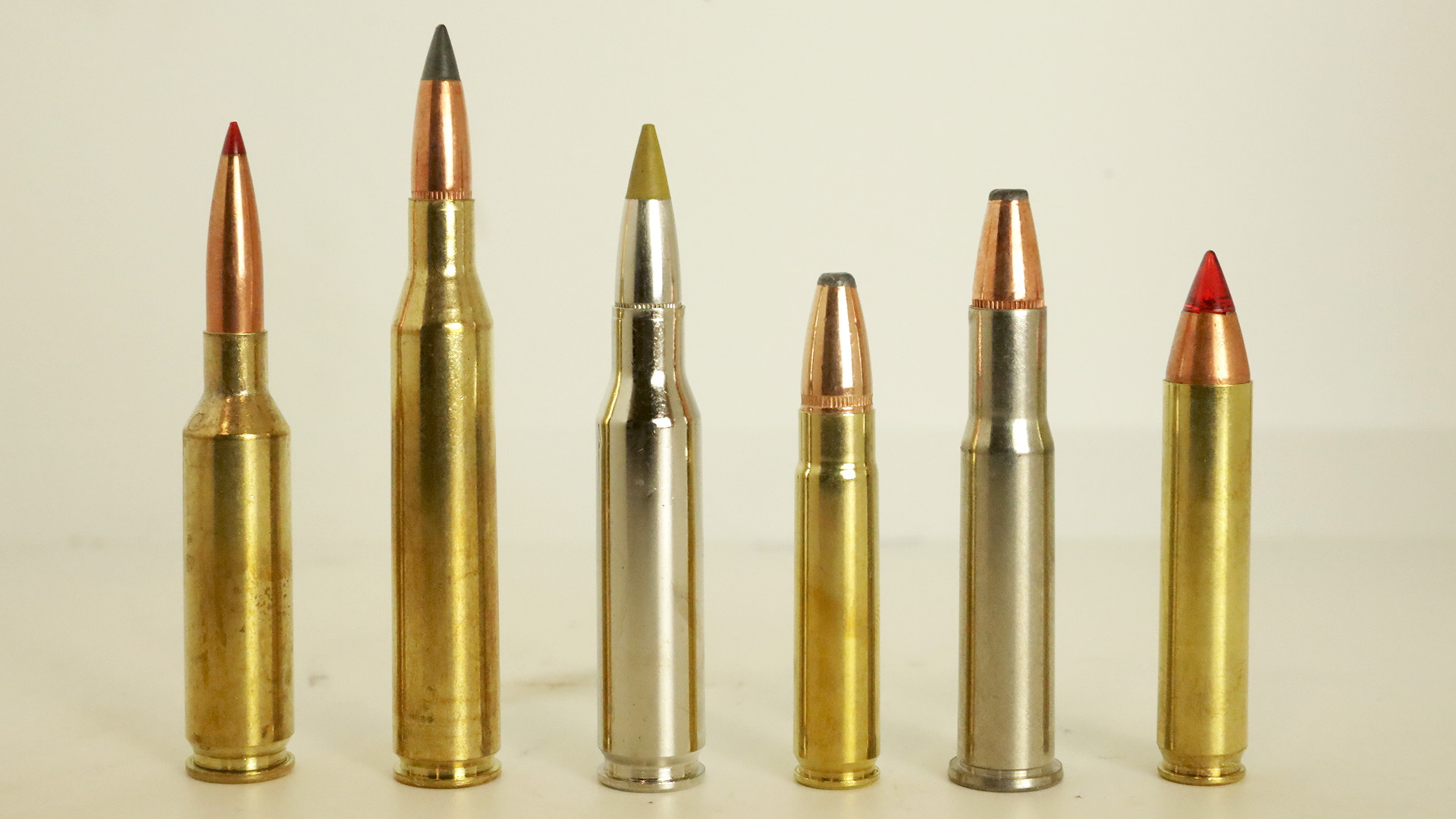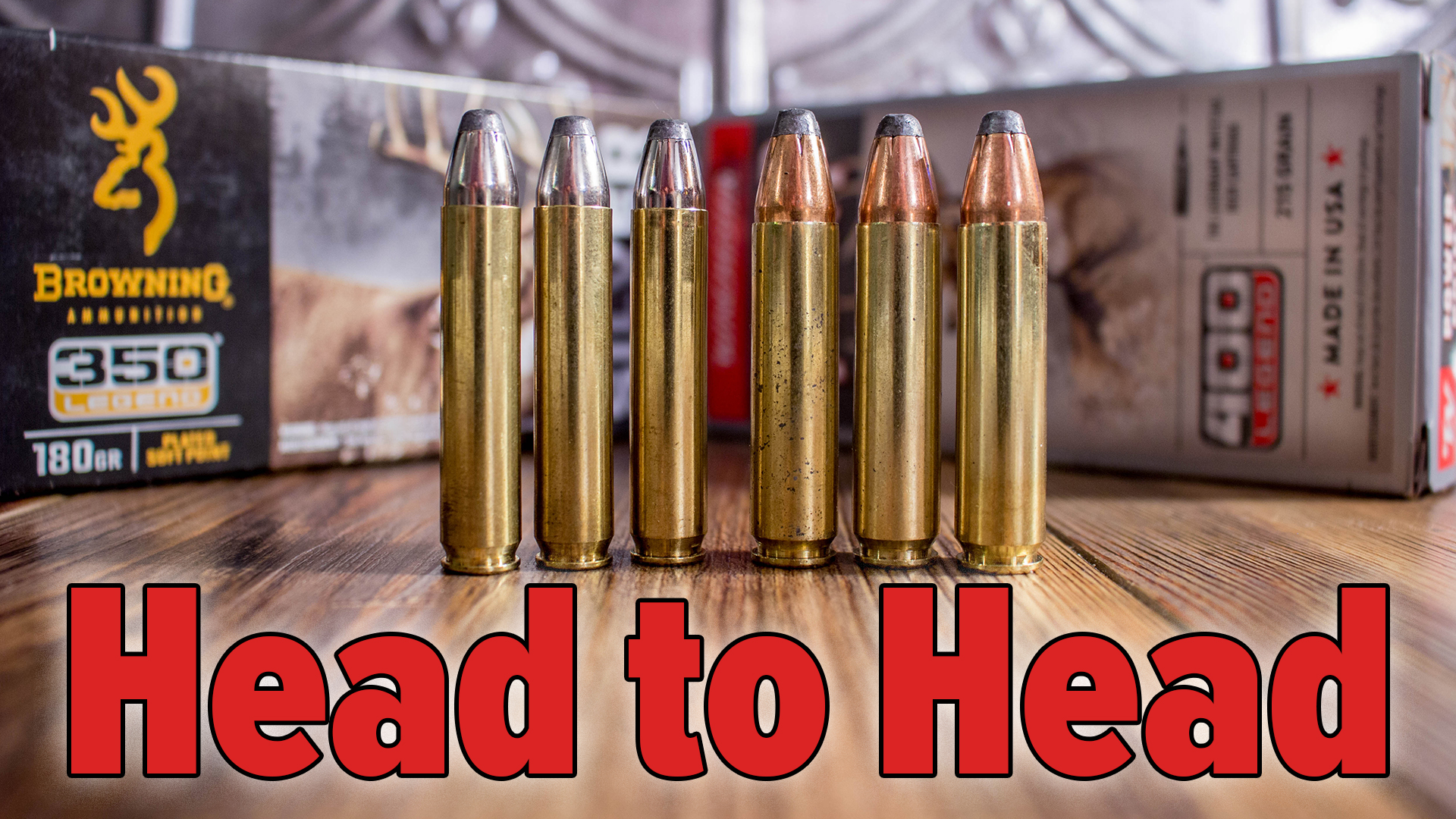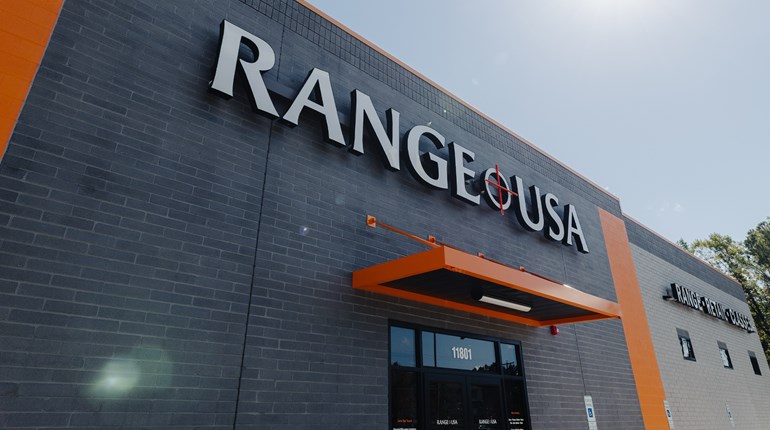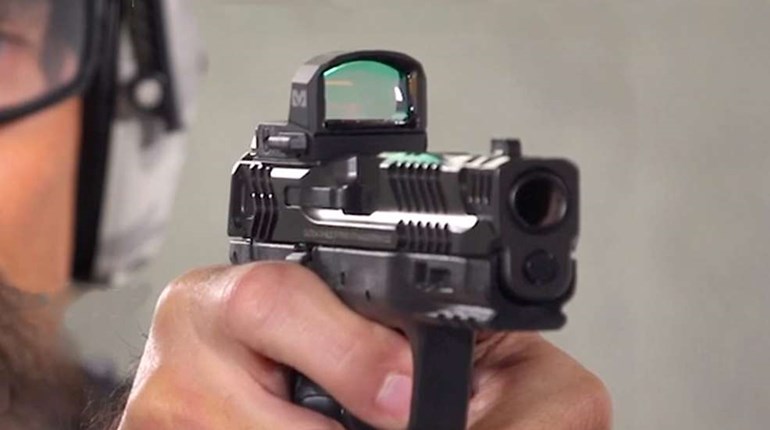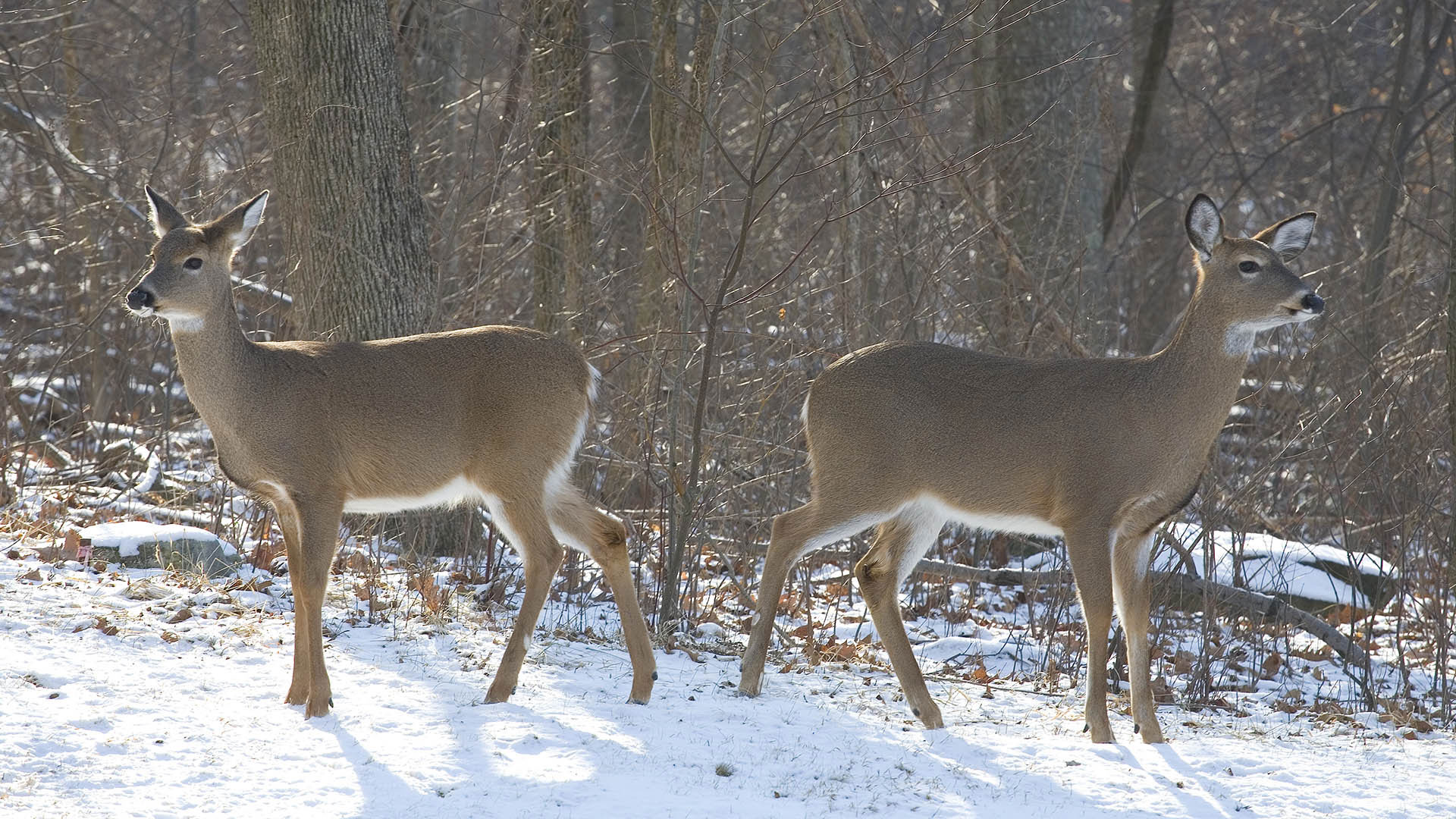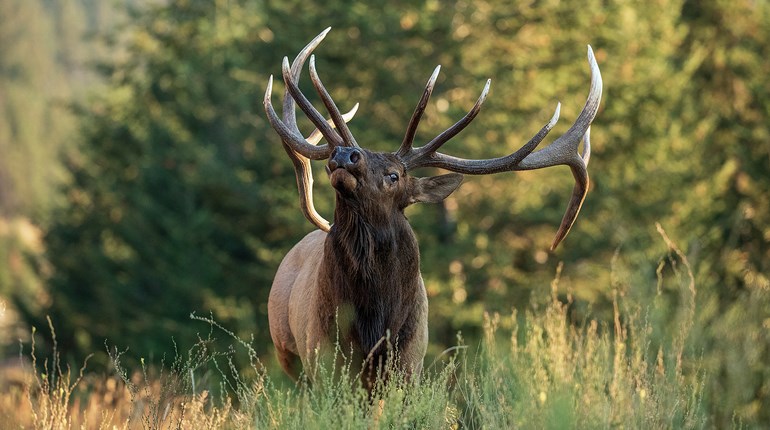
When it comes to shot placement opinions abound. As they say, opinions are like armpits; everybody has one and they all stink except mine.
My view is that the goal is to kill the deer, not prove you are a great shot. So I will opt for the biggest target available. Here is a look at the options.
Neck
The neck shot is a favorite with many campfire experts, and can be spectacular in its results. But it can fail miserably, too. It will almost always knock the buck down, but if the bullet doesn’t hit the spine or the major blood vessels it can fail to anchor him. I know of several cases when a neck shot animal got up and ran off. I’ll take a neck shot, but only if no other alternative is presented.
Spine
The spine is a very small target top to bottom, assuming you even know exactly where to aim. It will drop the deer instantly, but missing the two-inch target often results in a wounding loss. Most spine shots are accidents and I would never suggest deliberately aiming for the spine.
Head
I detest headshots and think it’s a slob hunter’s egotistical aiming point. The hunters I know who use them love to brag about it. I think headshots show disrespect to the animal. An ethical hunter need only see one starving, slobbering whitetail with its jaw smashed from a muffed headshot before they agree with me. There are exceptions, but I see very little application for a deliberate headshot when hunting deer or any other big game animal.
Heart
Heart shots are tricky. It’s a small target and often hard to visualize inside the animal. A heart shot is, of course, deadly, but it’s easy to screw up. Hit too low and you risk losing the deer, perhaps with a broken leg that is often a painful death sentence. Early one morning several years ago I muffed a heart shot on a buck that was facing me and shattered his leg. I ended up tracking him on skimpy snow for more than ten miles that day. I waded a waist deep, ice filled, river three times, despite air temperatures in the single digits. I left him at dark, but returned in the morning and was able to end it. It was a grueling ordeal for both of us, one best avoided.
Lungs
There is one very valid point about shot placement on whitetails, or any other big game, from Cape buffalo to antelope. That is the simple logic that they can’t live if they can’t breathe. No animal will survive a solid double lung hit with a quality bullet from an adequate rifle cartridge. They may run a little, but it won’t be far and if you are using the right equipment there will be a blood trail to follow. That trail will always end at a dead deer.
The lungs provide the largest target with the biggest margin of error. If you shoot a little low, you should hit the heart. A high bullet will spine the animal. If you are too far behind, you will hit the liver and you have to move pretty far forward to run out of lungs.
With broadside shots, simply follow the back line of the front leg up to the center of the animal and place the bullet there, just behind the shoulder.
Quartering Away
With any quartering away shot, visualize the offside shoulder and aim so the bullet will pass through the center of that shoulder on its way out of the animal. You may need to adjust for the angle, the goal is to put the bullet though both lungs.
Quartering to You
A quartering animal facing toward you requires that you visualize the lungs and try to put the bullet through the center of the animal’s chest. The aiming point will vary with the angle from the on-side shoulder to the base of the neck.
Facing You
Straight on is a bit tricky, but aim for the center of the chest. You may only get one lung, but the bullet should also take out the liver, possibly the heart, and should penetrate through the stomach. The collective damage should be enough for a quick kill. Just remember, it’s a small target. This is the shot I muffed with the deer I mentioned earlier. I strayed to one side and caught a leg.
The Back Door
Straight away shots are poor. With enough penetration the bullet will hit the lungs, although possibly only one and it will have depleted a lot of energy by the time it does. There is simply too much animal to penetrate for most bullets to pull it off. It will also make a mess out of things. You can try to shoot for the back of the neck, but the actual kill zone is small.
Shoulder
A shoulder shot can be effective, although you will lose a bit of meat. This not only takes out the lungs and possibly the heart, but done right it breaks the shoulder bones on one or both sides of the animal. By breaking down the support structure, you take away their means of running off. This isn’t always 100% successful in putting the animal down on the spot, particularly if only one shoulder is broken. However, it is your best chance to drop them in sight other than hitting the spine or brain, both small and risky targets.
Epilogue
Finally, many arguments I hear for taking risky shots are predicated on “spoiling too much meat.” I know guys who insist on head or neck shots because they don’t want to spoil meat. I don’t buy it. Most lung shots spoil very little meat. Besides, how much meat will spoil if the animal runs off to die later, or if you miss completely?
Lost deer make poor eating.




